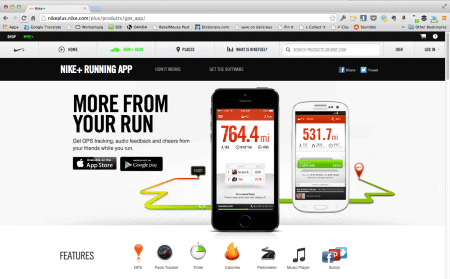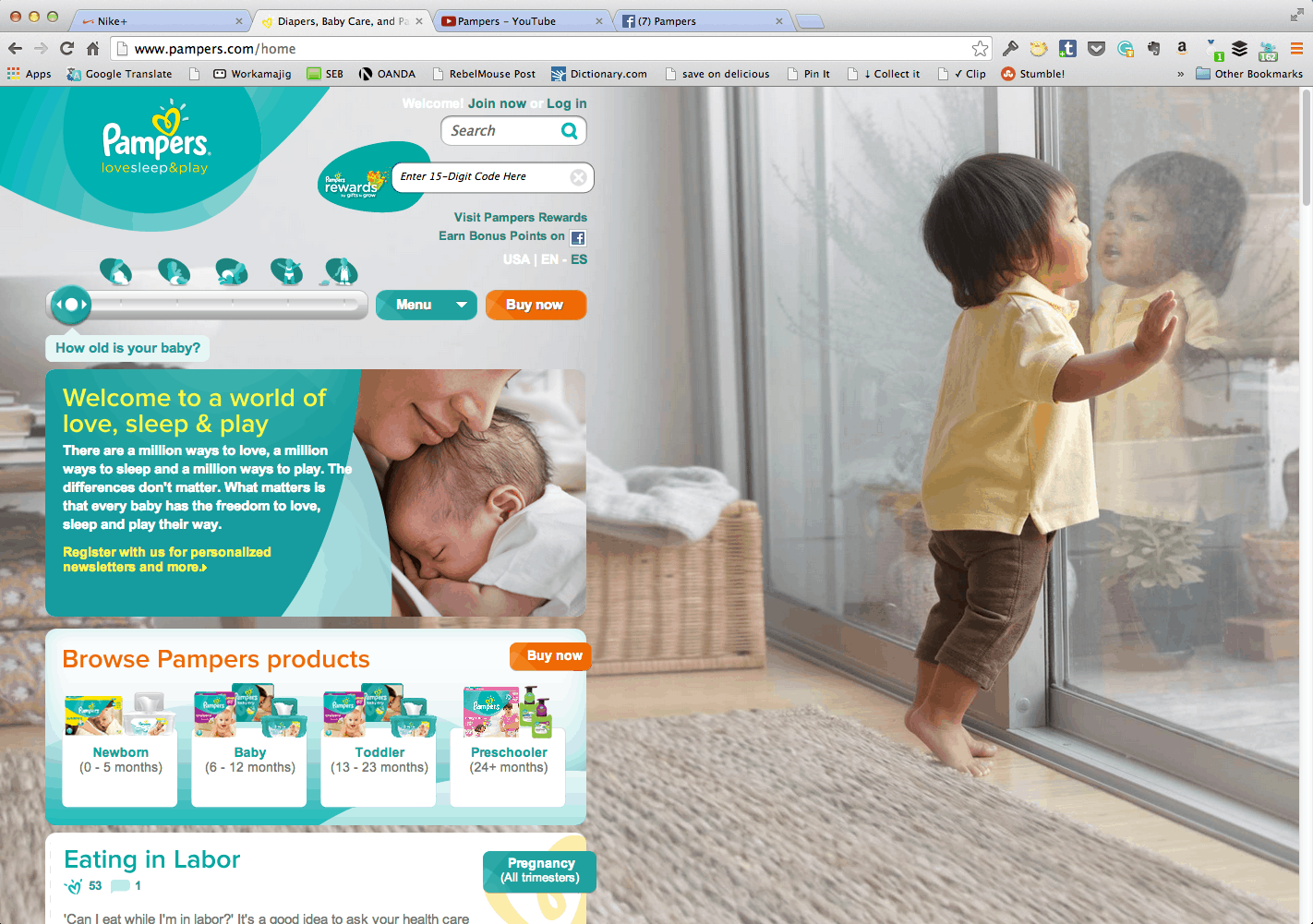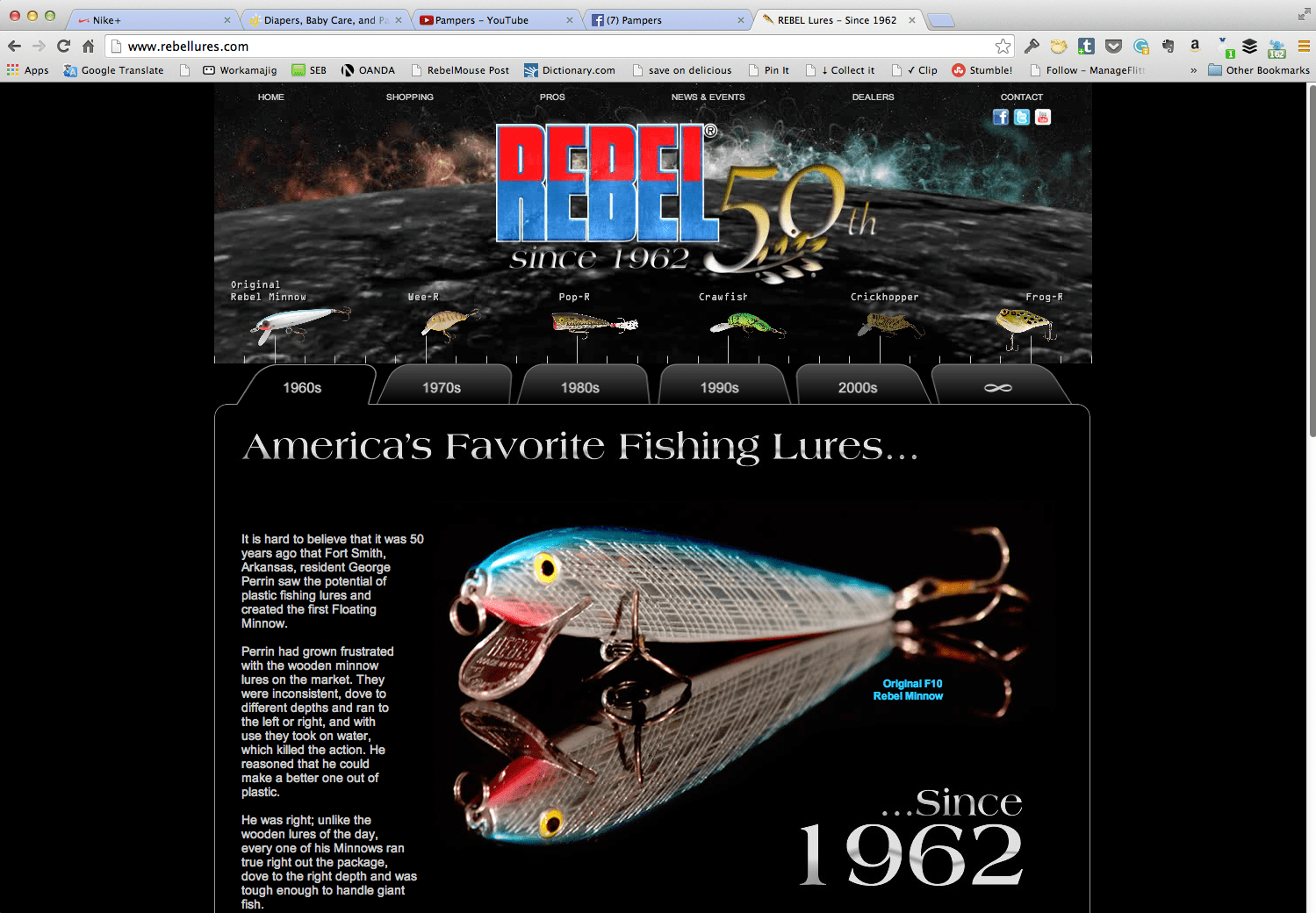The Cure for Content: Part 1
Why better tactics are unlikely to solve online content and engagement woes. ...
4 Feb 2014 5482 ViewsWhy better tactics are unlikely to solve online content and engagement woes.
The biggest content marketing challenge for most brands has little to do with content. It’s a matter of mindset. Most brands seem to be bolting content onto their websites because tactically they feel they have to. These under-funded, non-strategic efforts and the lackluster engagement they produce reflect the low level of commitment behind them. What is really called for is a reorientation of the company’s senior management to address their brand’s changing role in an information economy.
Today, brands are increasingly expected to address the category-related needs of their audience with both digital content as well as traditional products and services. This isn’t just a fad. It’s an expectation from the public and won’t likely be going away any time soon. At least not during our careers. In an information economy, brands need to rethink how they serve their markets.
Where Nike used to satisfy the need for running shoes they now use their expertise in running to facilitate runners with digital extensions of their offer that help with motivation, training and competition.
Where Pampers used to satisfy the need for disposable diapers they now use their expertise with babies to facilitate parenting with digital extensions of their offer that help with overall health, baby care and development.
Where Rebel used to satisfy the need for fishing lures they now use their expertise in fishing to…make decent fishing lures. Someone missed the boat here.
Experience teaches us (me anyhow) that brands adapt well to major changes in the economy only when they first embrace the implications of the shift to all four of Kotler’s 4 Ps (product, price, place and promotion) and then realign each accordingly.
Too often brands avoid the strategic heavy lifting and instead respond to change with tweaks to their promotion. This is the case today with brands that are adapting to massive shifts in consumer behavior by duct taping some content onto their websites. They do it not because they have realigned the business to facilitate their audience, but because they saw their competitor do it and feel compelled to keep up. With this mindset they treat content as a sort of superficial promotional tactic. These are the people who are always at a loss for content ideas and never seem to get traction with their content efforts. That’s because they are pretending to facilitate as opposed to committing to it. Content works best not when it is an end in itself, but rather when it is the by-product of a broader process of rethinking and adapting the brand to a new market reality where the expectation is for customer service to begin long before the purchase and extend far beyond simply providing a product.
Many companies struggle to produce relevant content and drive genuine audience engagement with it. But I’d argue that these problems are merely symptoms of a pre-internet strategic orientation that is outdated. Engaging content is not an end in itself, but simply the by-product of successfully realigning the brand’s offer to the new demands of the information economy. In this economy brands are expected to do more than provide products. They are expected to provide expertise with innovative content programs that facilitate the public. These programs seem to be rapidly moving from novel, value-add differentiators to expected criteria for inclusion in a category.
If your brand is adjusting to the economic changes of the past decade by simply adding content to gain SEO traction, grow awareness and drive conversion, I think you’ll be in for a long slog. I recommend a brand retreat where you get out of the office for a couple of days and explore the changes in the market as they relate to your brand’s product, price, place as well as promotion. Then come back to the office with a plan to realign all four Ps to the new reality in the market. In my company we call these Brand-Storming sessions. Not only will this exercise improve your brand’s content, I believe it will enhance your overall ability to compete.
In my next post I’ll outline four ways that brands like Rebel can realign to the new marketing reality they face online and in the process create the type of engagement that drives audience growth and brand equity.
Like this post? You'll find more marketing insights in my new book: International Brand Strategy: A guide to achieving global brand growth, now available from booksellers globally. Order your copy here.
Speaker, consultant & founder of Duffy Agency, the flipped digital agency that provides accelerated growth to aspiring international brands.









One replay
whoah this weblog is excellent i love reading your posts.
Stay up the great work! You already know, lots of people are searching round for this
info, you could aid them greatly.